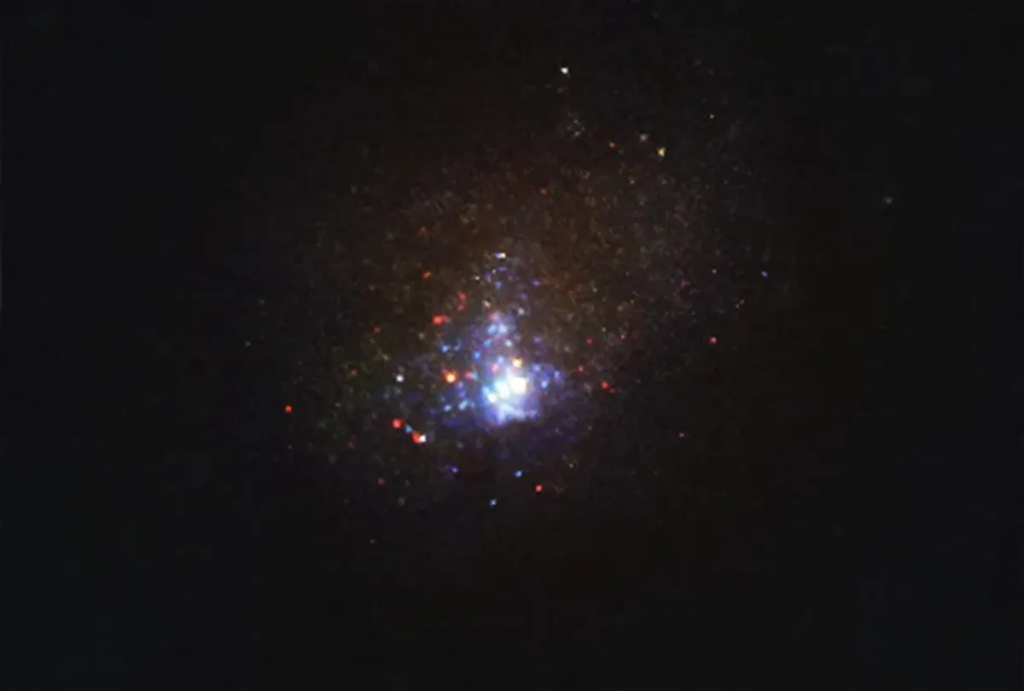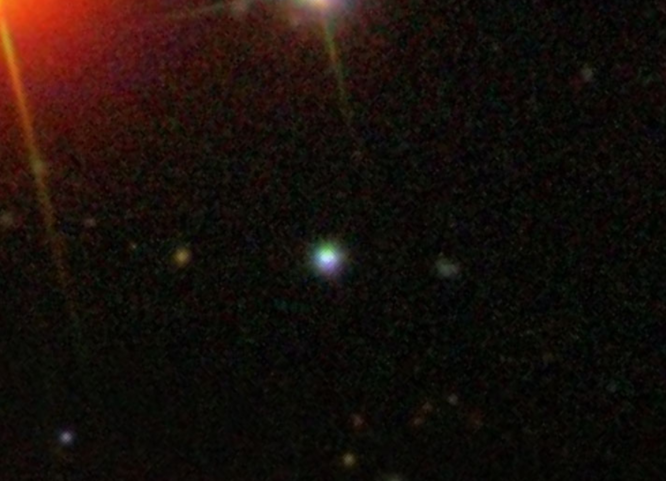On the outside of the Milky Way Galaxy, astronomers have found a star with a chemical makeup that is unheard-of. It conforms to theoretical predictions for the chemical signature left by extremely big, extremely early stars.
This is the most convincing proof to date that huge stars were present in the early stars. The strongest evidence that can be looked for is a footprint like this one because models indicate that such stars would not have left behind any other relics.
It is believed that stars hundreds of times more massive than the Sun were among the initial generation of stars in the universe. In a short period of time, a star this massive would have entirely destroyed, leaving no trace for scientists to investigate.

These initial, extremely large stars’ explosions would have produced gas with a different chemical composition than the explosions of less massive, more durable stars. The following generation of stars incorporates this gas.
Chemical Signs of Disappeared Massive Stars
Therefore, a second-generation star with a first-generation predecessor’s chemical signature might provide information about the very earliest stars in the Universe. The initial stars’ imprints, however, will be covered by those of subsequent, further supernovae. In order to locate a clean, unpolluted imprint from the first-generation stars, scientists are searching for the earliest still existing stars.
The oldest stars in the Milky Way Galaxy were discovered by a group of astronomers from the National Astronomical Observatory of Japan (NAOJ), the National Astronomical Observatories of China (NAOC), and other organizations using the Chinese survey telescope LAMOST.
The Subaru Telescope at NAOJ was then used to determine the chemical composition of the oldest stars. Among these, the scientists found LAMOST J1010+2358, whose chemical makeup matched the predicted chemical composition of first-generation stars.
This significantly supports the idea that stars with masses greater than 140 times that of the Sun evolved in the early Universe since it is the most distinct sign of very massive first-generation stars yet discovered.
On June 7, 2023, Qian-Fan Xing et al. published their findings as “A metal-poor star with abundances from a pair-instability supernova” in Nature.

